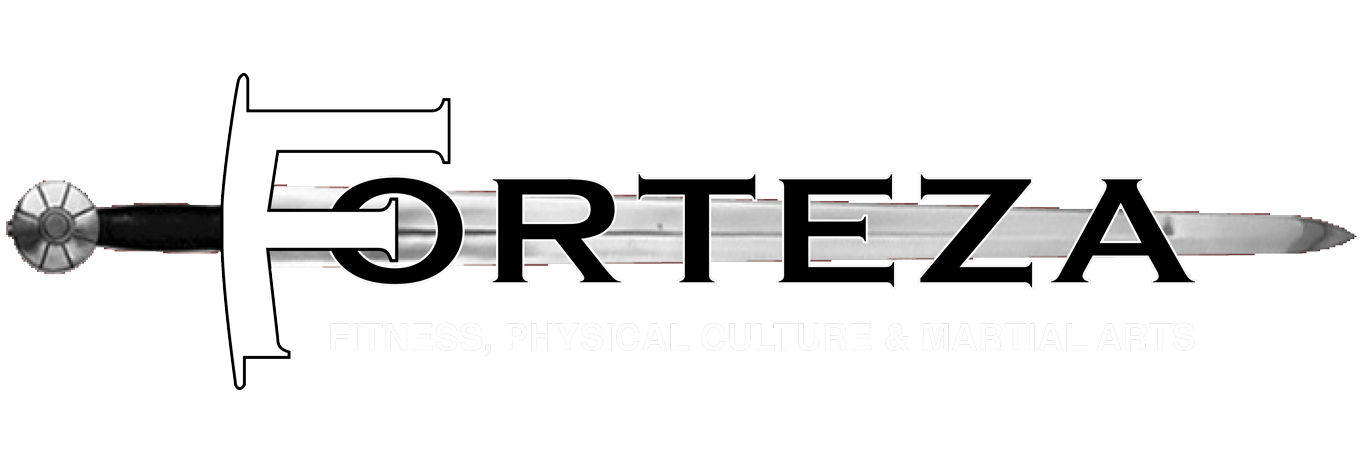Gymuseum 1: Indian Clubs

Circa 1900, schools of “physical culture” offered a wide range of tools and machines to develop strength, endurance, agility and flexibility. Sadly, many of these devices have been lost over the generations, but some have survived in working order. The Forteza gymuseum includes both a unique “living museum” of antique exercise equipment and an inspirational gallery of 19th century prints portraying combat sport athletes in training. One of the most readily noticed parts of the museum is a large collection of odd wooden bowling-pin shaped objects, known as “Indian clubs”.
The exercise of club-swinging was first introduced to Europe during the late 19th century, by British soldiers who had observed similar exercises performed by wrestlers and other athletes in India. By manipulating the clubs in complex swinging and flourishing patterns, exponents were able to develop their co-ordination, strength, endurance and flexibility.
Club-swinging spread throughout the Western world via public gymnasia, military physical training courses and physical culture classes offered in schools. A “flourishing” trade also developed in home study manuals, further establishing Indian club swinging as a fitness craze that lasted through to the early-mid 20th century.

Some of our gymuseum clubs are modern and some are antiques dating back to circa 1900. All Forteza members are welcome to make use of them during their training; and remember, it don’t mean a thing if it ain’t got that swing!
Read More »